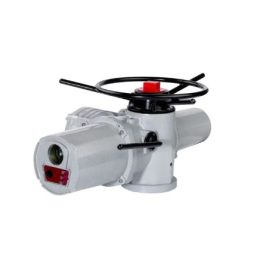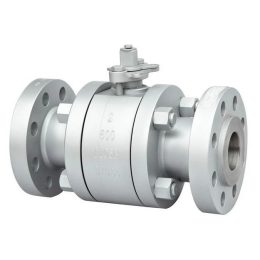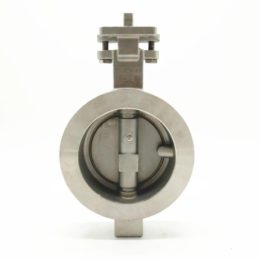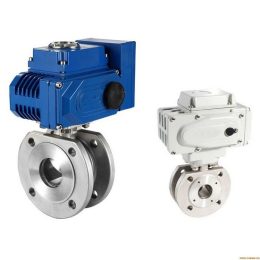Introduction To The Protection Of Valve Corrosion
The valve is a control component in the fluid conveying system. It has the functions of cut-off, regulation, diversion, prevention of reverse flow, stabilization, diversion or overflow and pressure relief. Valves used in fluid control systems, ranging from the simplest shut-off valves to the various valves used in extremely complex automatic control systems, have a wide range of varieties and specifications.
Corrosion of the valve is usually understood as the damage to the metal material of the valve under the action of a chemical or electrochemical environment. Since the “corrosion” phenomenon occurs in the spontaneous interaction between the metal and the surrounding environment, how to isolate the metal from the surrounding environment or use more non-metallic synthetic materials is the focus of corrosion prevention.
The valve body includes the valve cover, which occupies most of the weight of the valve and is in constant contact with the medium. Therefore, the selection of the valve often starts from the valve body material. The anti-corrosion of the valve body is mainly based on the correct selection of materials. Although there are abundant anti-corrosion materials, it is not easy to choose the right one, because the problem of corrosion is very complicated. For example, sulfuric acid is very corrosive to steel when the concentration is low, and when the concentration is high, the steel is produced. Passivation film can prevent corrosion; hydrogen only shows strong corrosiveness to steel under high temperature and high pressure. When chlorine is in a dry state, the corrosion performance is not great, but when there is a certain humidity, the corrosion performance is very strong, and many materials cannot be used. . The difficulty in selecting valve body materials lies in not only considering corrosion issues, but also factors such as pressure resistance and temperature resistance, whether it is economically reasonable, and whether it is easy to purchase.
- Five Reasons to Choose a Fully Welded Ball Valve Over a Standard Ball Valve
- “Understanding Safety Valves: Types, Selection, Installation, and Maintenance”
- Advantages And Disadvantages Of High Pressure Ball Valve
- How to check the performance of the valve before leaving the factory
- Reasons for Rust of Stainless Steel Butterfly Valve
- Precautions for Butterfly Valve Installation



